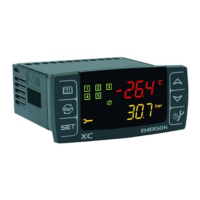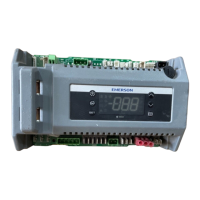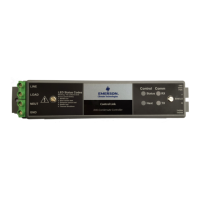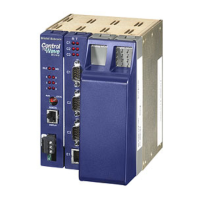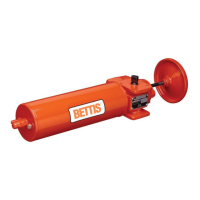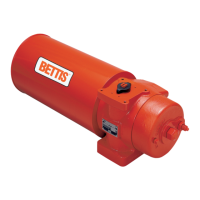Air Cooled Heat Exchanger
Drives cooled by the aluminum air-cooled heat
exchanger are designed to be in the air flow stream of
the condenser. The air-cooled heat exchanger must be
installed so that the heat exchanger fins are parallel to
the cooling air flow. The airflow must be a minimum of
3 meters/sec measured at the outlet of the heatsink in
the direction of airflow.
Cold Plate Heat Exchanger
The cold plate design can be used when another
cooling source is available – suction gas from the
evaporator coil, subcooled liquid refrigerant, glycol
solution from a geothermal loop, water from a cooling
tower, etc. When the refrigerant is used for drive
cooling, the heat given up by the drive is transferred
into the refrigeration system. This can be a net gain for
heating applications and a net loss for cooling
applications.
There must be thermal grease between flat plate cold
plate. There is no standard for the thickness
requirement of thermal grease; normally, it's between
0.2mm-0.4mm. The entire surface of the flat plate must
be covered. Dow Corning TC-5022 silicone heat sink
compound or a similar product is recommended.
Contact
Application Engineering
for cold plate
details.
The soldering/brazing that is required to connect the
cooling source to the cold plate should be performed
before the cold plate is attached to the drive, to prevent
overheating drive components with the torch.
Foldback
To protect the drive components or the compressor,
the compressor speed will 'foldback' or slow down to
help reduce risk to components. The foldback event(s)
will be flagged in the drive's Modbus registers. This will
allow the operating system to respond and mitigate the
conditions causing foldback.
For further information refer to Section 2 in the
Addendum.
TROUBLESHOOTING
The drive may indicate fault or protection for various
reasons. If fault or protection occurs, users should
power down the drive, check the drive, and check the
drive running condition carefully. For the description,
check and handling of these faults or protections,
please refer to the
Troubleshooting – Fault and
Protection
within
Addendum
EMC Guidelines:
•
Install the star earth (ground) connection as close
as possible to the drive. A non-coating screw is
recommended for installation on the service panel
to maintain a good ground connection. The star
connection includes:
– System Input ground
– Drive ground
•
The usage of additional ferrites and numbers of
turns in the input power supply cables, compressor
cables, sensor cables are optional but preferred
based on system application and noise level.
•
Any of the input power supply cables, sensor
cables, compressor cables and communication
cables should not cross or touch each other to
avoid noise coupling.
•
Usage of shielded cable is optional depending on
system application, but if used it’s mandatory to
have correct connections on both sides of the cable.

